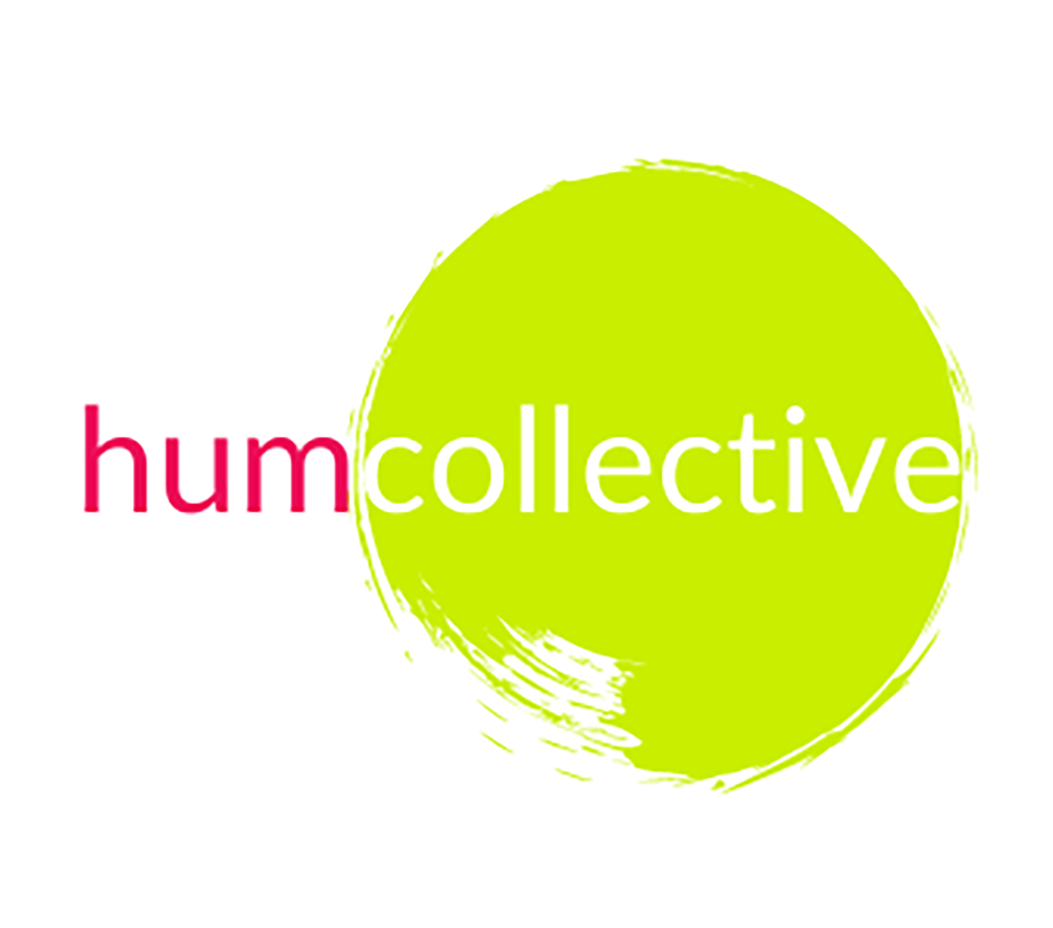Mastering Leadership Mindshifts
Explore the four crucial mindshifts that empower leaders to excel in today's dynamic business landscape.
These mindshifts aren't just theory; they're the keys to unlocking your leadership potential, and they're rooted in extensive research. They're proprietary to humcollective's Sensitivity Paradigm™, designed to make you more agile, innovative, and capable of navigating the complexities of today's business landscape. They equip you to drive organizational success in the face of constant change.
